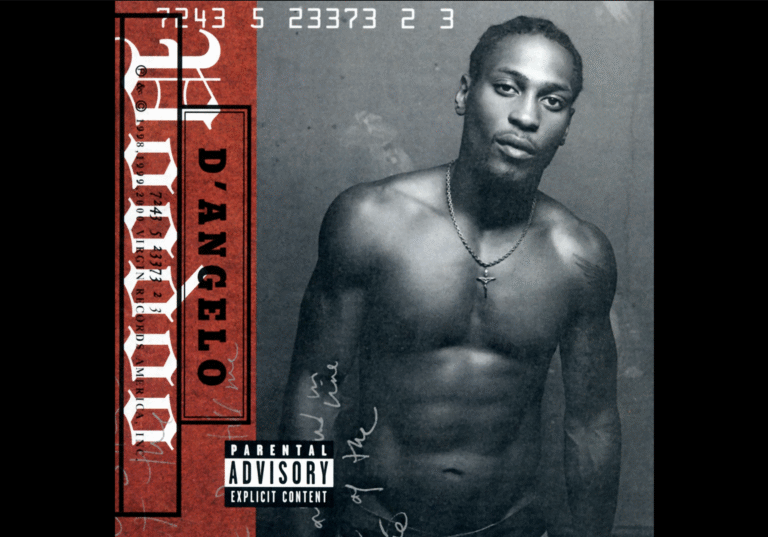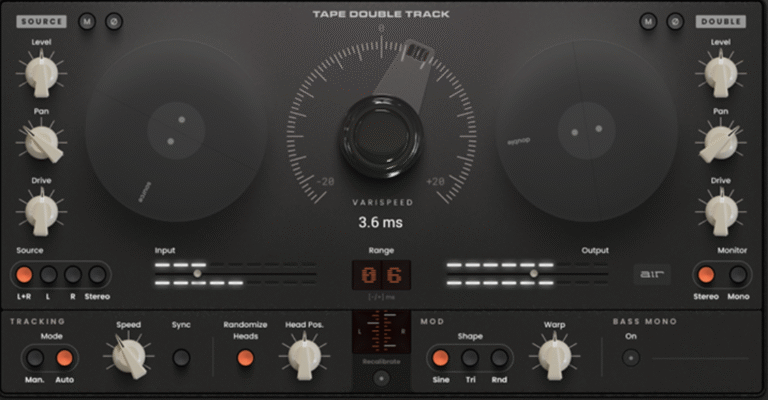Understanding How Polar Patterns Shape Sound Reception
Polar pattern microphone describes, how microphone responds to sounds from different direction.

There are two general polar pattern types the first is omnidirectional and the second is unidirectional.
Omnidirectional pickup the sounds come equally from all directions, that’s the front, back, bottom, side because is a 360° Degree pattern.

This types of microphone are used more in applications where is sound recorded in studio rather than in live situations where feedback can actually occur
Unidirectional mic means that a mic responds better to sounds coming from the specific direction and having less response from others, the most popular unidirectional mic like I have here is the cardioid and the word cardioid comes from cardio referring to the heart.

The Polar Pattern displayed on the microphone resembles a tiny upside-down heart, indicating that the microphone is most responsive when sound approaches from the front. Sensitivity diminishes from the sides, and the microphone exhibits its strongest rejection, or null point, for sounds originating from the rear, precisely 180° degrees opposite the front of the microphone.

The acceptance angle of a unidirectional microphone refers to the angle at which the microphone picks up sound most effectively. For instance, a cardioid microphone typically has an acceptance angle of approximately 120° degrees, emphasizing sound capture from the front.
Another widely used polar pattern for live applications is the hyper-cardioid. Similar to cardioids, hyper-cardioids have optimal sensitivity from the front but offer increased rejection from the sides. The acceptance angle of a hyper-cardioid is narrower, around 100° degrees, making it more focused than a cardioid.
It’s essential to be well-acquainted with your microphones, as placing monitors directly behind a hyper-cardioid is not advisable due to the null point being at 110° degrees off-axis.
Moving on to bidirectional or figure-of-eight microphones, commonly found in studios and many ribbon microphones, these mics capture sound equally well from the front and the back. The null point, where sound rejection is highest, is typically at 90° degrees off-axis.
Additionally, there is a sub-cardioid pattern, offering a wider acceptance angle compared to a cardioid. This can be advantageous in scenarios where multiple vocalists need to be captured, such as in a group vocal setting. The acceptance angle of a sub-cardioid microphone is broader, approximately 170° degrees.
Understanding these pickup patterns provides valuable insights into choosing the right microphone for specific recording or live sound situations. Make informed decisions when selecting your next microphone based on the unique characteristics of different polar patterns.
Hopefully this kind of give you a little bit of information on pickup patterns and why different are there and hopefully you’ll be able to make your next mic choice.







